For several years, we've seen a boom in products that claim to be " vegan " and " cruelty-free ." However, some cosmetic products may still be tested on animals in Europe. But how can you identify cosmetic products that haven't been tested on animals, and how are they monitored? LAO has looked into the subject for you.
What does the law say about these tests?
The European Cosmetics Regulation (No. 1223/2009) officially banned cosmetic animal testing in 2013. The regulation prohibits animal testing within the EU for finished products and for ingredients or combinations of ingredients. This also applies to the import of products tested on animals .
The ANSM (French National Agency for the Safety of Medicines) oversees the evaluation of the quality and safety of cosmetic uses. For these tasks, it has internal and external experts, a team of inspectors, and analysis laboratories, and can take health police measures if this poses a threat to public health.
Cosmetic controls in France are carried out in conjunction with the DGCCRF (Director of the Office of Consumer Affairs, Competition and Fraud Control) and the DRASS (Regional Directorates of Health and Social Affairs).
How to prove the quality of a cosmetic product?
Each EU member country is responsible for implementing the Cosmetics Regulation within its territory.
The legal requirement is that the product is not harmful to health . It is the manufacturer's responsibility to ensure that the product meets these requirements and does not pose any health risks. To do this, the manufacturer must compile the product information file (PIF) and make it available to the control authorities. It must include the qualitative and quantitative formulas of the product, a description of the manufacturing and control conditions, and an assessment of the safety of the finished product for human health.
How can these tests be replaced?
According to animal testing advocates, animal testing is the safest way to measure the effects of substances found in cosmetics. From a scientific perspective, animal testing provides estimated data and does not provide a definitive answer to the potential harm to humans. Therefore, using alternative tests does not mean a decrease in safety for consumers.
In order to comply with Regulation 1223/2009, a cosmetic product must not be harmful to human health under normal conditions of use and the manufacturer is required to have available documents certifying safety for human health in the event of an inspection.
Cosmetic products must therefore be tested to meet this manufacturer's commitment. There are several alternatives to animal testing to ensure the quality of a cosmetic product:
First, the in vitro test : the products are tested on artificial human or animal cells. Second, the in silico test : these are computer calculations that highlight the non-toxicity of a cosmetic product. And finally, testing on consenting human beings .
Regarding the latter method, the test must comply with the fundamental principles of the Declaration of Helsinki as well as the scientific principles of Good Clinical Practice (GCP) defined in the ICH (International Conference of Harmonisation of technical requirements) in order to guarantee respect for the participant, their safety and their well-being.
The ECVAM (European Center for the Validation of Alternative Methods) is responsible for validating these alternative methods.
Why are some ingredients still legally tested on animals?
In Europe, testing finished products on animals is prohibited. Unfortunately, some ingredients in the product may have been tested on animals , despite the regulatory ban.
Quite simply because a chemical or natural ingredient may be affected by cosmetic regulations but also by REACH (Regulation on the Registration, Evaluation, Authorisation and Restriction of Chemicals). This body oversees the regulation of chemical ingredients and does not prohibit animal testing for these ingredients because their primary function is not to be used in cosmetics.
To find out, you need to consult the technical data sheets for each ingredient.
In addition, a line in the European Cosmetics Regulation allows products and ingredients tested on animals before 2013 to continue to be marketed: "Data from animal tests carried out before the respective dates of application of the marketing bans (March 11, 2009 and March 11, 2013) may continue to be used for the safety assessment of cosmetic products. 1 "
Finally, chemical ingredients used in Europe in quantities exceeding one ton per year are required to be tested. This requirement is due to the REACH regulation , which aims to determine the effects of chemical substances on health and the environment.
How to recognize a cosmetic product not tested on animals?
The labels
The Slow Cosmetics Label is a good guarantee to be sure of consuming a product not tested on animals but also not affected by ingredients that could have been tested on animals.
Regarding vegan labels, there are several: PETA, One Voice, CCF, etc.
However, no label can give a 100% guarantee on ALL ingredients, even if vegan labels and the Slow Cosmétique label are the most advanced.
100% organic and natural products
100% organic products do not justify the absence of animal testing. Unlike 100% natural products, which are not subject to REACH and are therefore not subject to animal testing.
Please note that since 2019, the ARPP has not been in favor of the inscriptions "not tested on animals " or "cruelty free" on cosmetic products because this refers to a legal obligation.
The case of products sold in China
It is well known that foreign cosmetic products marketed in China are systematically tested on animals because it is required by law. While there has been a shift in this direction in 2019, with foreign cosmetic brands no longer required to test finished products on animals, there remains a problematic condition. The final step (at least the packaging) must be carried out in China.
Conclusion
Although the ban on animal testing of finished products, which has been in place for seven years now, has helped advance research into alternative methods, some companies are still demanding more.
On the other hand, due to the REACH regulation mentioned in our article, certain raw materials are still tested.
Each cosmetic brand has its share of responsibility in choosing its suppliers to avoid endorsing this type of practice.
In the case of LAO, we only selected ingredients of natural origin and we established specifications which were submitted to each of our suppliers.
Please note that unfortunately, this type of information remains rather frowned upon, and it can sometimes be difficult to know the truth. This is why we carefully select our suppliers and want to ensure the traceability of our products throughout their entire value chain.
Obviously, there will be no animal testing of our finished products.
Sources
-
Cosmetic Obs. REACH: Animal testing justified for cosmetic ingredients only. August 2020. [Online] Available at https://cosmeticobs.com/fr/articles/commission-europeenne-45/reach-des-tests-sur-animaux-justifies-pour-des-ingredients-uniquement-cosmetiques-5439
-
ARPP. Cosmetic Product Recommendation . July 2019. [Online] Available at https://www.arpp.org/wp-content/uploads/2018/11/Recommandation-Produits-cosm%C3%A9tiques-v8.pdf
-
Oolution. Cosmetics: The Truth About Animal Testing. June 2020. [Online] Available at https://www.oolution.com/bloog/blog/2016/04/20/cosmetiques-la-verite-sur-les-tests-animaux/
-
European Commission. COMMUNICATION FROM THE COMMISSION TO THE EUROPEAN PARLIAMENT AND THE COUNCIL concerning the ban on animal testing and the marketing ban in the cosmetics sector and taking stock of alternative methods to animal testing. March 2013. [Online] Available at https://eur-lex.europa.eu/legal-content/FR/TXT/PDF/?uri=CELEX:52013DC0135&from=EN

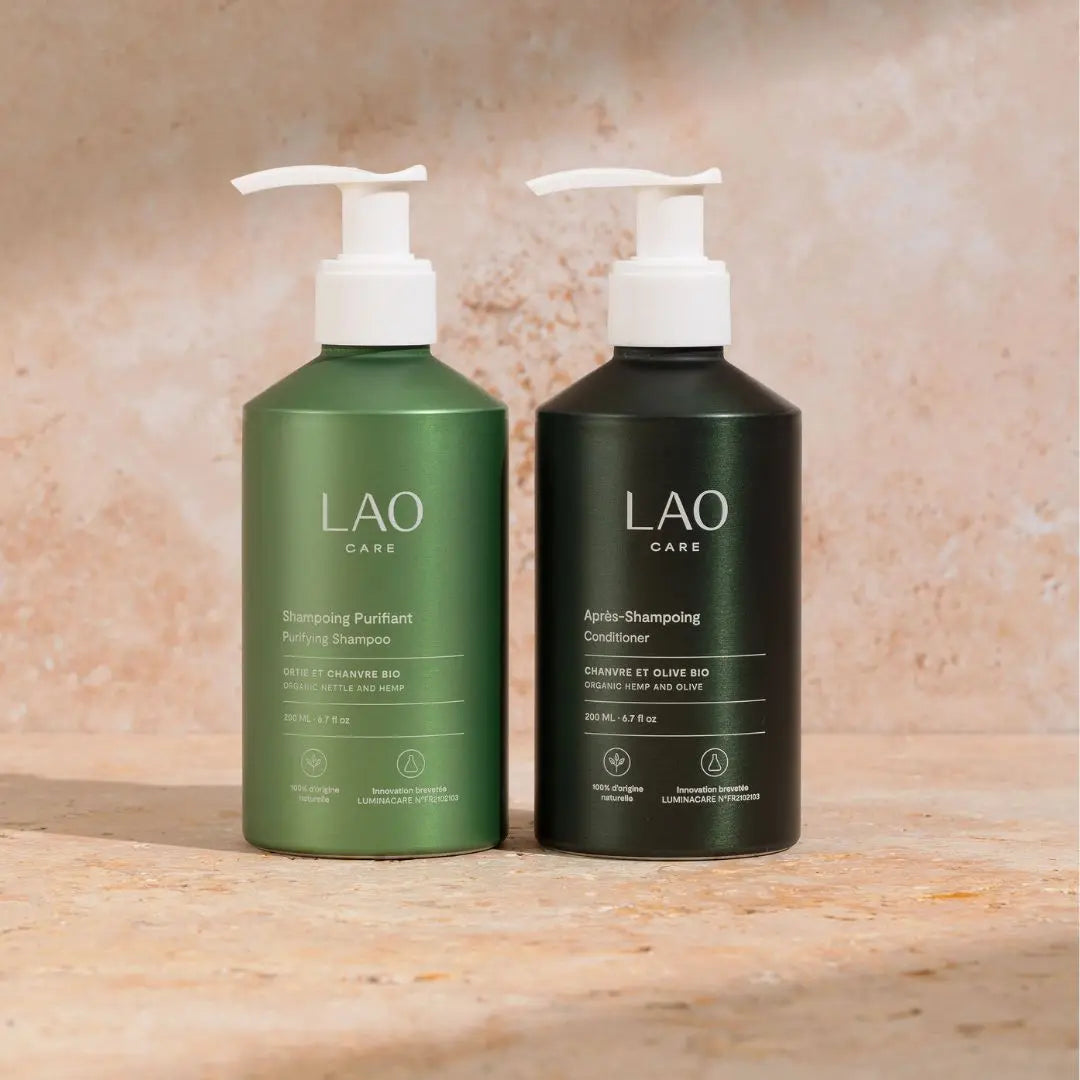
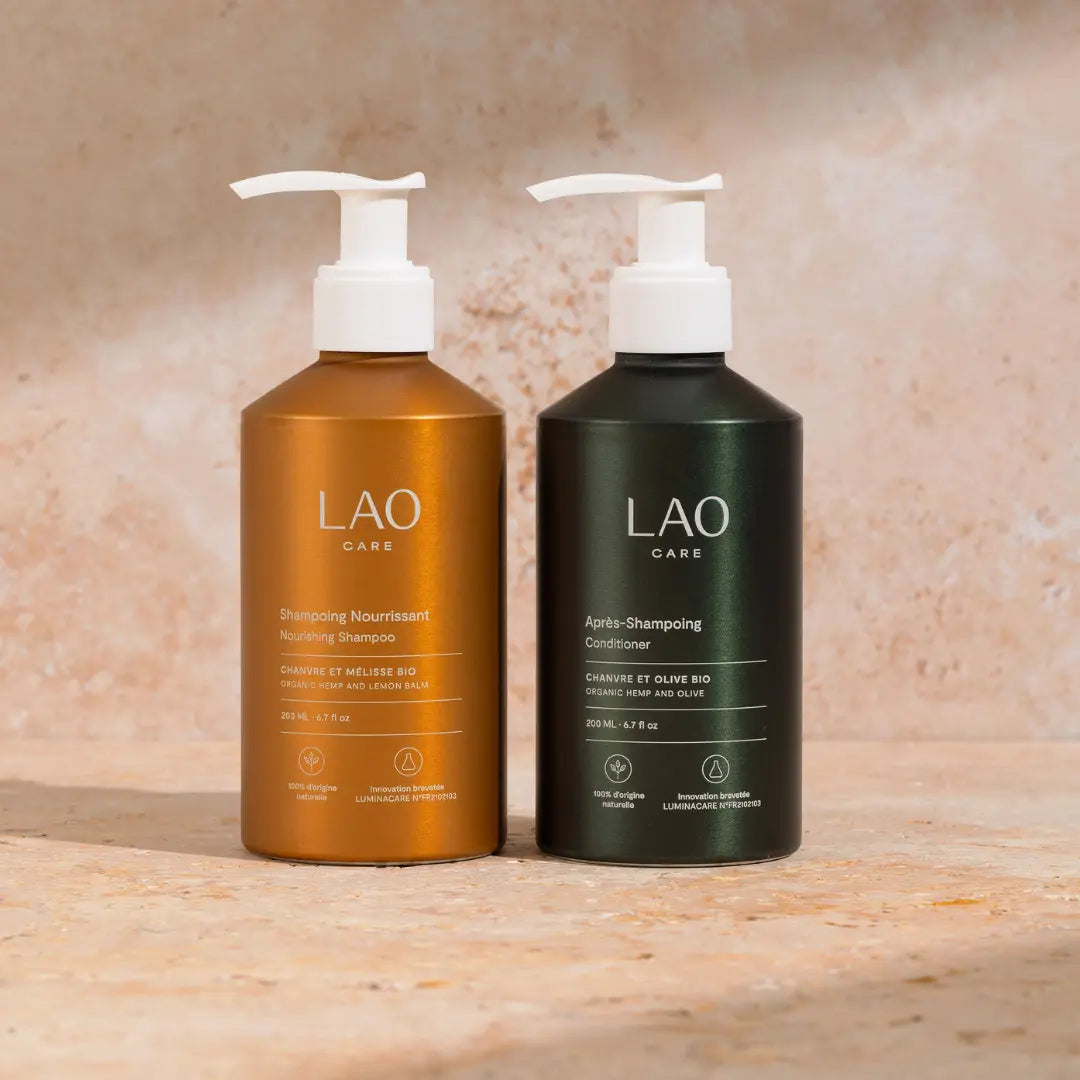
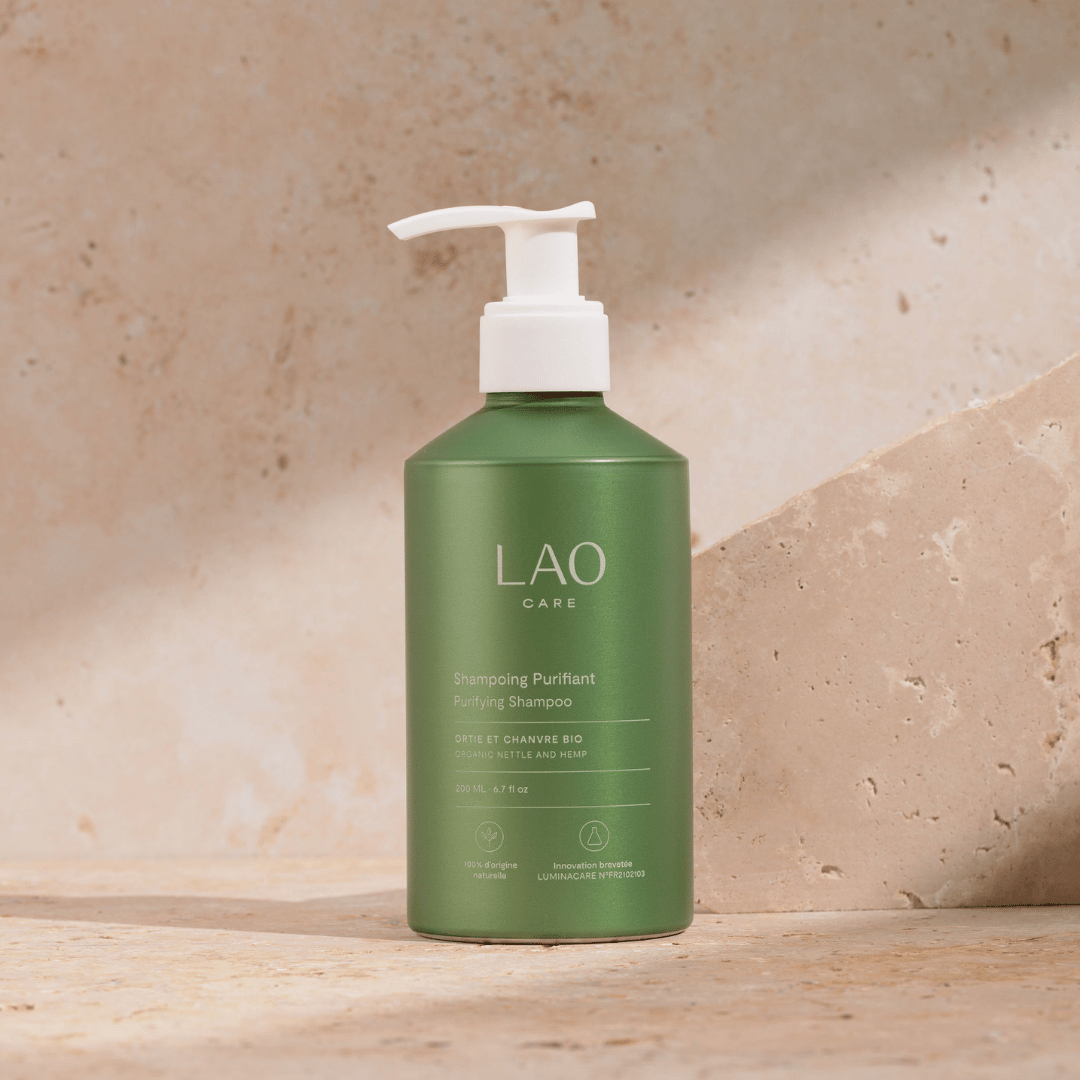
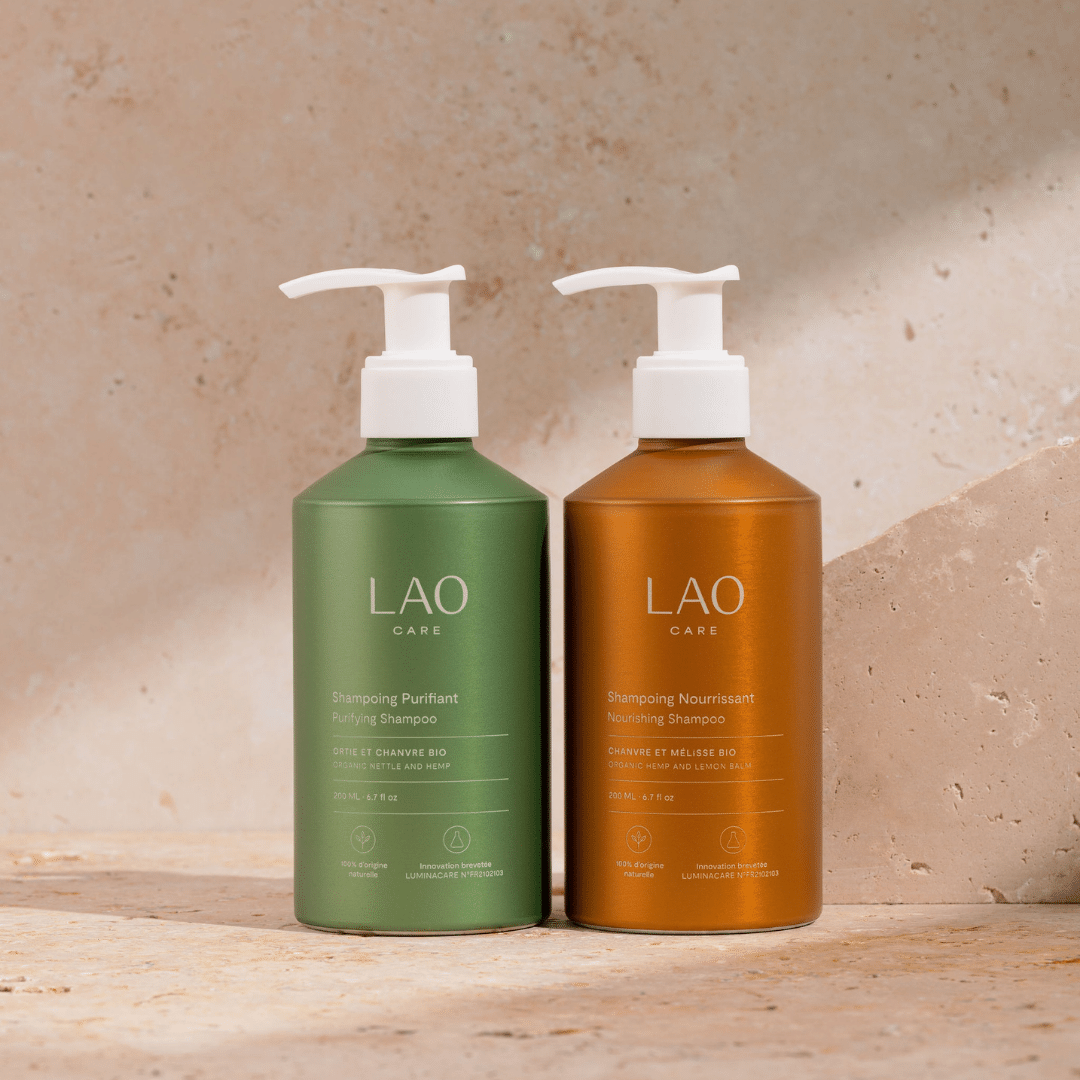
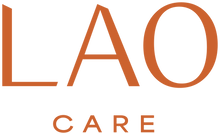
Leave a comment